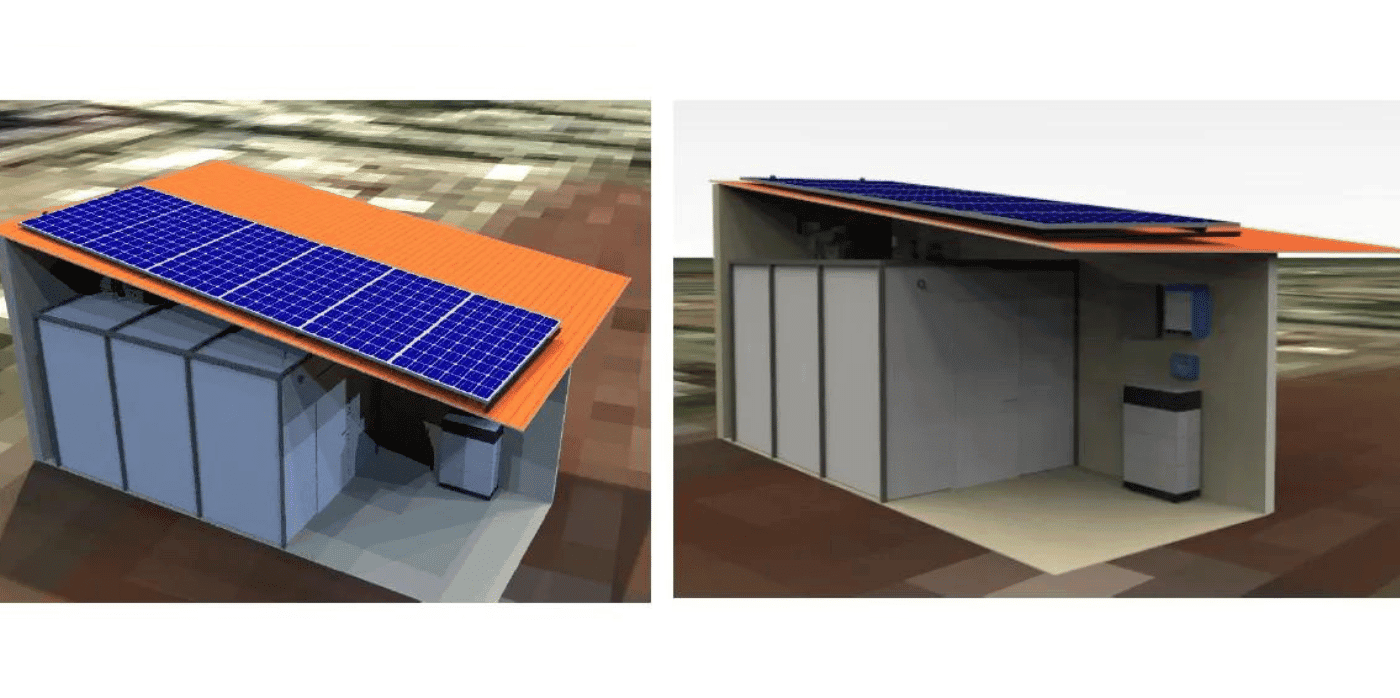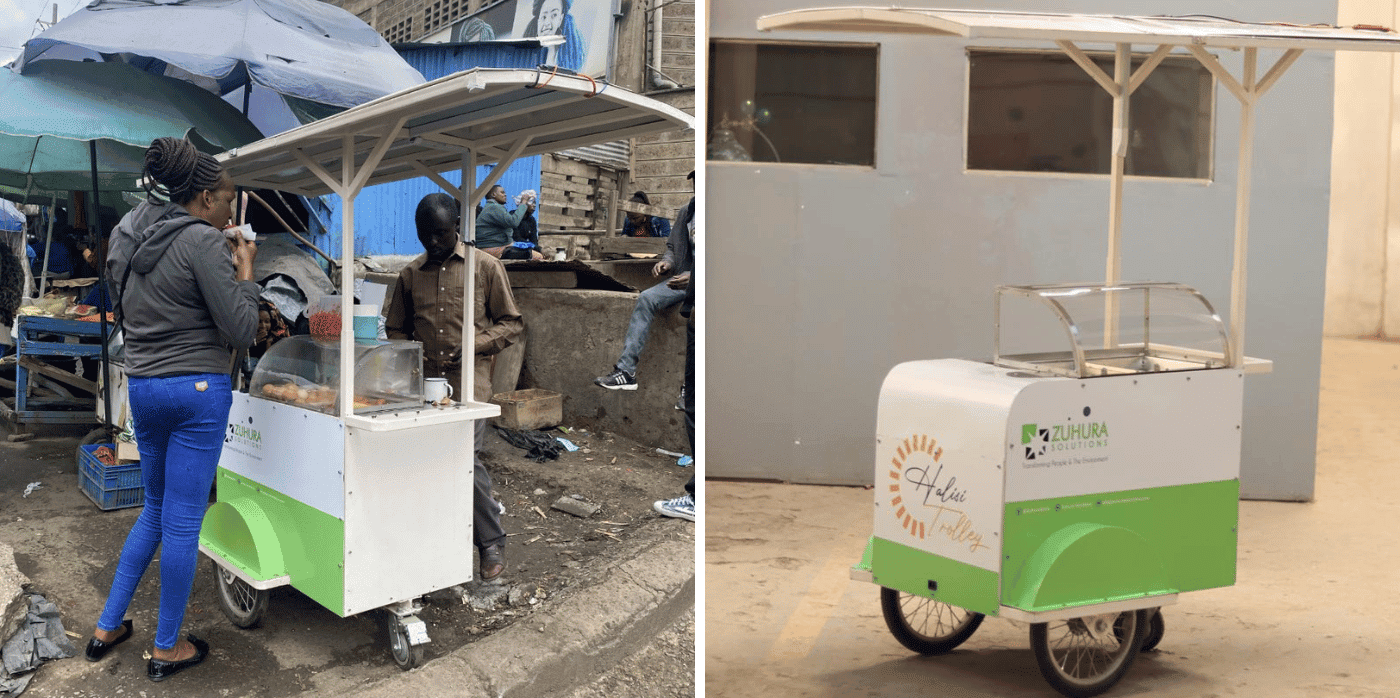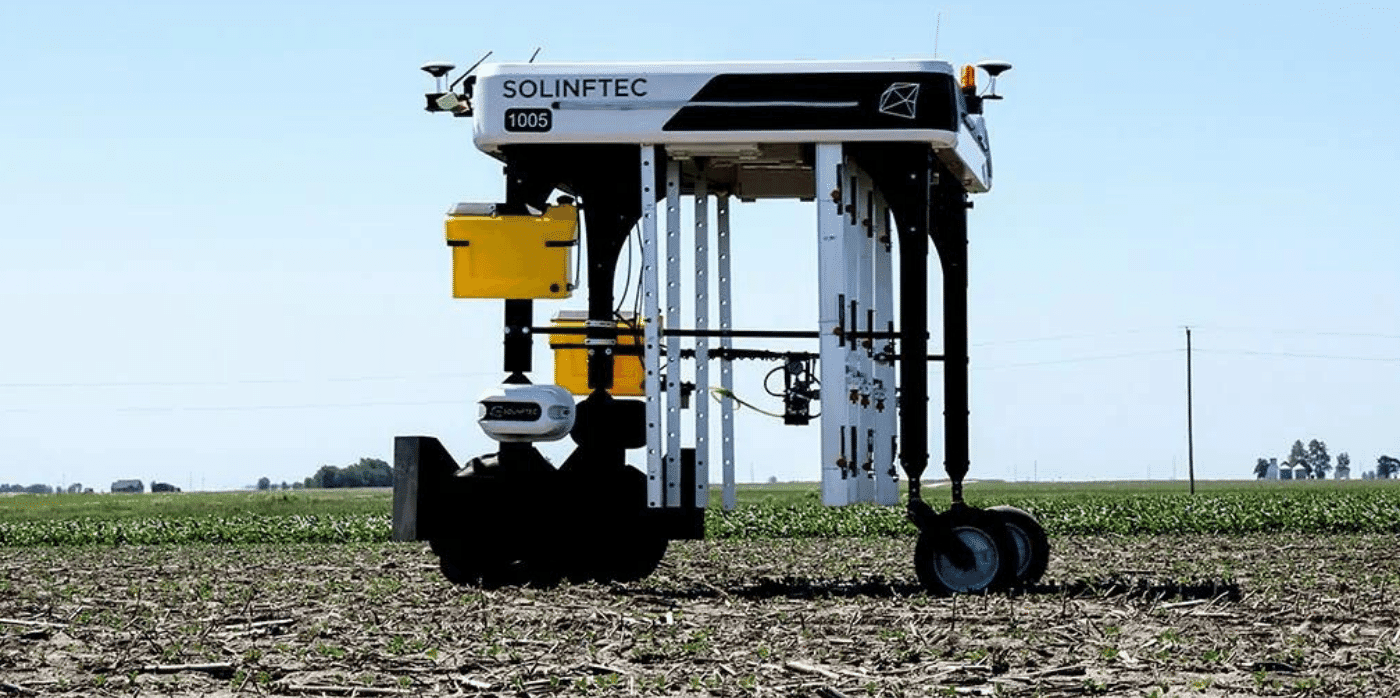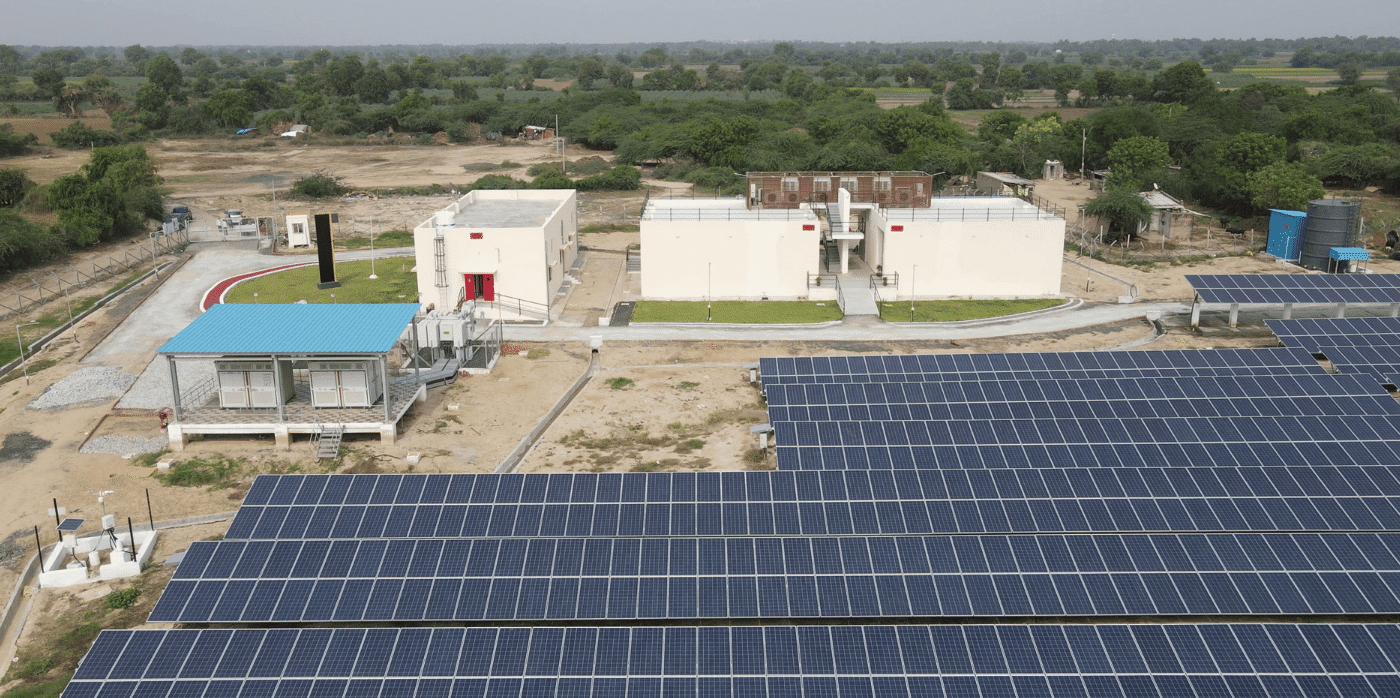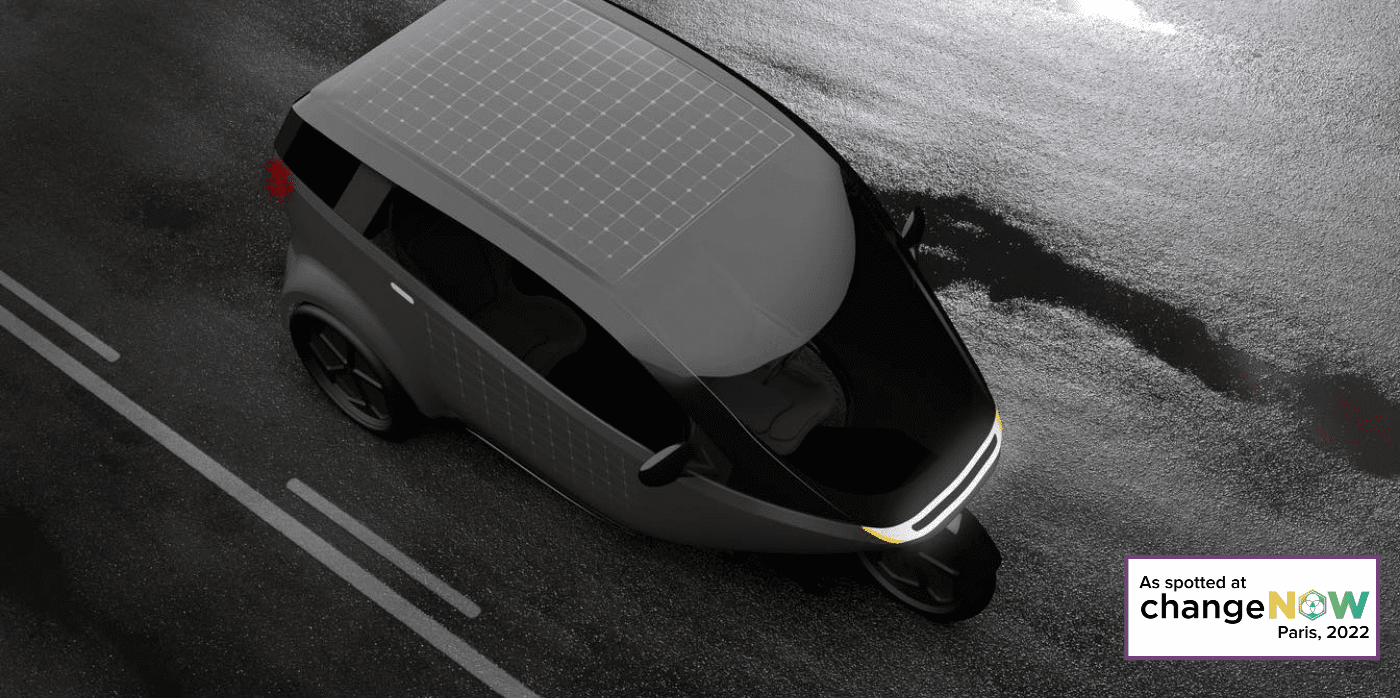An affordable, solar-powered induction cooker

Spotted: As of 2022, only around 31 per cent of people in Uganda had access to grid electricity. Without a stable electricity connection, it’s harder to access essential appliances, such as cookers. And, non-electric alternatives like burning logs or coal to cook food are generally highly polluting and emissions-intensive. To provide a clean cooking option for those not connected to the grid, Paul Soddo, along with other researchers from Makerere University and Intellisys, developed a solar-powered induction hob and oven called the MakSol Cooker.
The Cooker itself is powered by a roof-mounted solar panel that charges a deep-cycle battery. The device can function for up to six hours, or until the device reaches 20 per cent charge, with the management system automatically charging when the sun is up, and saving essential reserve power when it’s dark. With the control panel, users can easily turn the device on and off and tailor their desired heat.
Where the MakSol Cooker differs from other solar-powered cooking units is the affordability – its price is $150 (around €137), which is far lower than competitors.
The next step for Soddo is to improve the device further. Specifically, the team is looking to use the magnetic coil to double the MakSol’s cooking power and allow food to be ready in half the time.
Cooking is an essential task, but clean cooking devices aren’t universal. Luckily, there are alternatives out there, including safe cookstoves in Sierra Leone and East Africa.
Written By: Archie Cox


